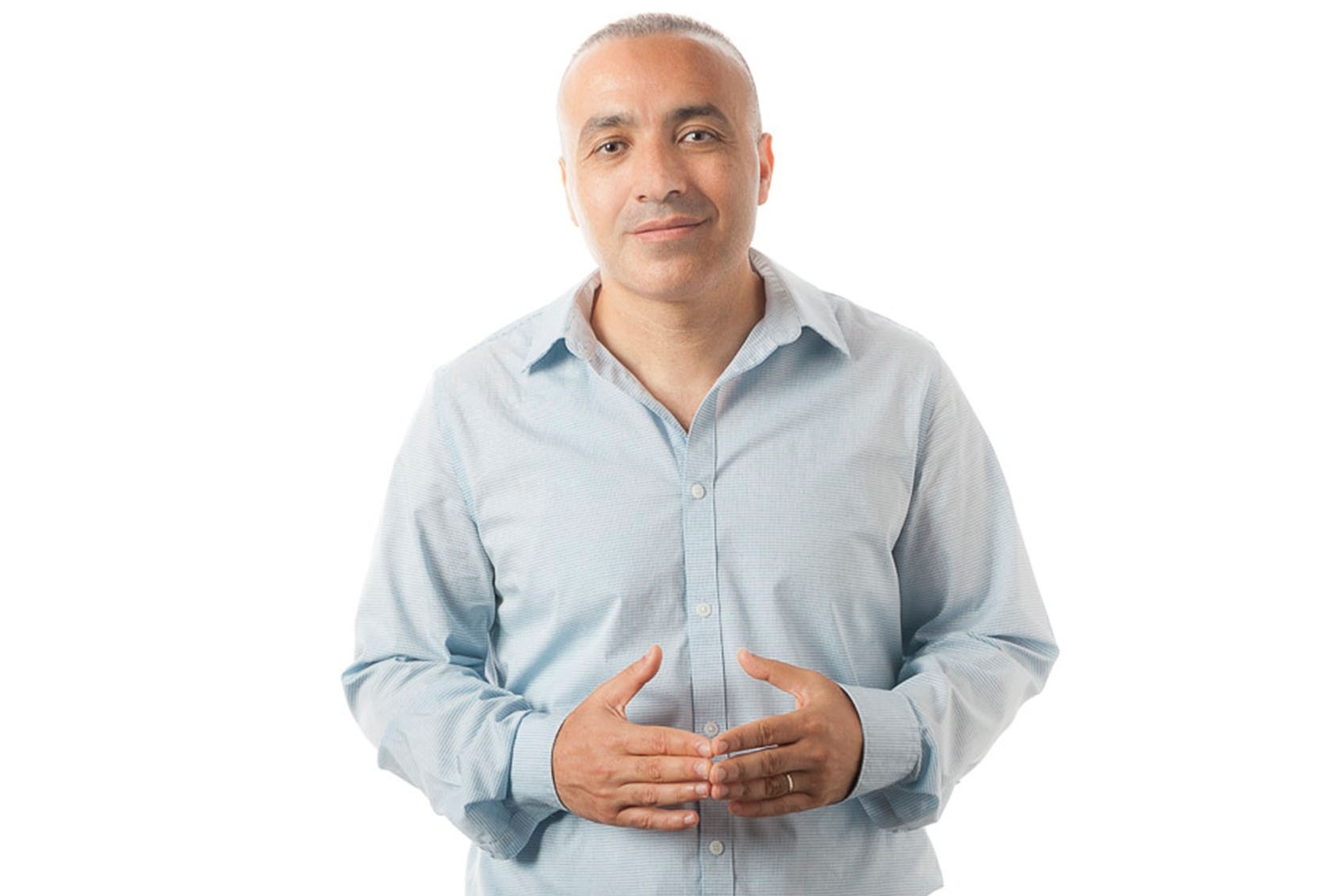Professor Ayhan Ince, from the Department of Mechanical, Industrial and Aerospace Engineering at Concordia’s Gina Cody School of Engineering and Computer Science, has been selected for a Humboldt Research Fellowship for Experienced Researchers.
This award, granted by the Alexander von Humboldt Foundation, is in recognition of Ince's research achievements and aims to sponsor his upcoming stay in Germany.
The Humboldt Research Fellowship supports top-tier researchers from around the globe in pursuing groundbreaking studies in Germany. Ince's selection for this fellowship showcases his standing in the international research community and his contributions to fatigue and fracture mechanics.
During his sabbatical leaves in 2024 and 2025, Ince will collaborate with colleagues at the Fraunhofer Institute for Mechanics of Materials in Freiburg, Germany. The focus of their research project is to enhance our knowledge of multi-scale fatigue crack behavior in metallic alloys, which involves studying how cracks develop and propagate in metals under different scales of observation, using innovative experimental techniques and novel modeling studies.
This collaboration is primarily focused on establishing a foundation for two key areas of research.
The first area involves developing physics-based peridynamics. This method is dedicated to modeling the behavior of materials by analyzing the forces and interactions occurring at various material points within them.
The second area focuses on creating machine learning models. These models use algorithms to predict and analyze complex patterns in data. Both approaches will utilize multi-scale mechanistic data, which provides detailed insights into how fatigue cracks develop, grow, and spread in materials under various conditions. This comprehensive data covers different scales, from microscopic to macroscopic, enabling a more accurate understanding of crack behavior in different environments.
Ince's research aims to transform design practices, particularly in aerospace, automotive, transportation, and defense industries. By enhancing the accuracy of service life estimates for engineering components, his research seeks to contribute significantly to improved safety standards and optimized performance in engineering structures.


